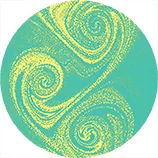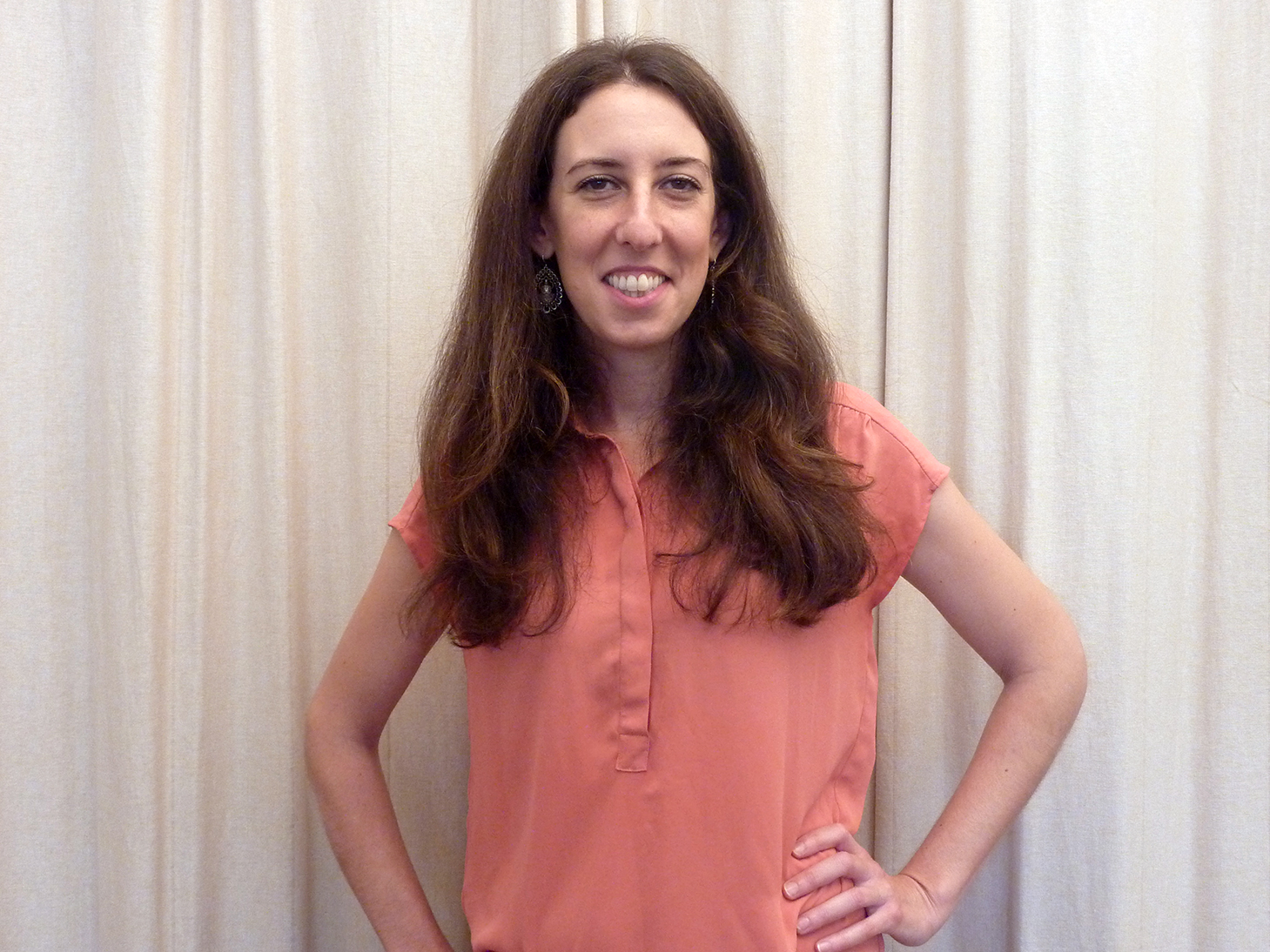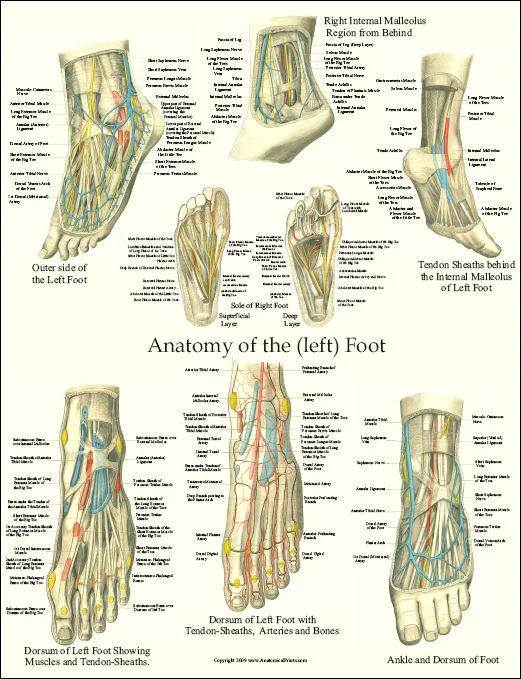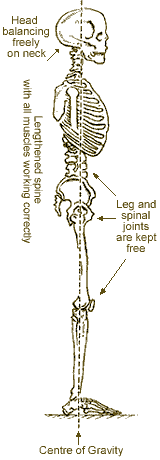An Interview with Caroline Feig and Margi Douglas on Feldenkrais
MARGI: What do you love about teaching and/or practicing Feldenkrais?
CAROLINE: I don't think anything has had as profound of an influence on my work (or self-development) as the Feldenkrais Method. When you practice the Feldenkrais method, you learn to be able to feel so many things that most of us want to feel. In Moshe's words, "it makes the impossible possible, the possible easy and the easy elegant.”
M: Ok I'm in! Sounds delicious. How do you usually begin with someone who has never done it? Is there a movement experience or a principle that feels like a starting place?
C: Typically, we start at 1A... The very beginning. In Feldenkrais, there is a concept of meeting a person where they are, wherever that may be... It can be so comforting when someone just lets you be you. I can still remember the very first time someone did that for me. It was very powerful. It made me feel safe and ready to learn. Then, from there on out, the work becomes more of a dialogue then an instruction. And actually, "work" is a terrible word for it. It's more like "play."
M: Ha! Ok so it is play. Do you find that people want to turn it into something else like "strength training" or "yoga" or even "pilates"? It seems very strange, to many people, I think to move in a playful way. We all are so focused on wanting to do something well or to feel the "right" thing.
C: I couldn't agree more. Often these ideas of "right" or "ideal," serve little more than a moment in time- like a pose in Yoga or posture with weight lifting. Then when it's time to transition, roll, lunge, swing a racket etc., our ideas of "right" can actually inhibit our ability to move freely. Feldenkrais thought that instead of "posture," which comes from the root "to post," the word should be "acture," from the root "to act" to reflect how we hold and use ourselves in three dimensional space.
I believe that there usually is, in fact, a right and wrong for most of us. But often we forget that the "right" has to do with comfort, ease, fun, joy... a feeling of safety and security... something that just feels right. Sometimes we don't even know what "feels right." That's ok! Feldenkrais is an amazing tool for that.
M: It sounds so freeing. So if I walked into a group lesson half way through what would I most likely see? Are people moving in unison or following specific choreography? What kinds of movement would I see?
C: Well, that is a sight to see! You would most likely see a group of people hearing the same instruction, but doing what appears to be completely different movements! And that is part of the method- each is aloud to have his own learning process... move in his own way. A teacher rarely corrects a student’s movement. More likely, a teacher will help a student to see what he or she is doing. And then often, through the process of awareness, something really special happens by the end. The group does tend to move in unison. Almost in the way the “om” of the group can resonate more at the end of a Yoga class, the movement in the class starts to resonate too. If you’ve never rolled around in unison with a group of 50 people, I highly recommend!
M: Thank you Caroline. I take your recommendation. And I am definitely looking forward to your workshop at the Pilates Garage! Come one and come all and get ready to resonate together!
Tuesday October 27th 7:30-9:30pm
Meet with the talented Caroline Feig, physical therapist and Feldenkrais practitioner, for this month's workshop entitled:
Unlocking the Jaw with the Feldenkrais Method
This workshop will focus on relaxing and and improving the movements of the face, neck, tongue and jaw.
Cost: $50
Reservation required
Please call 718-768-123
E-mail: pilates.garage@gmail.com
Location: 441 3rd Ave @8th Street
























